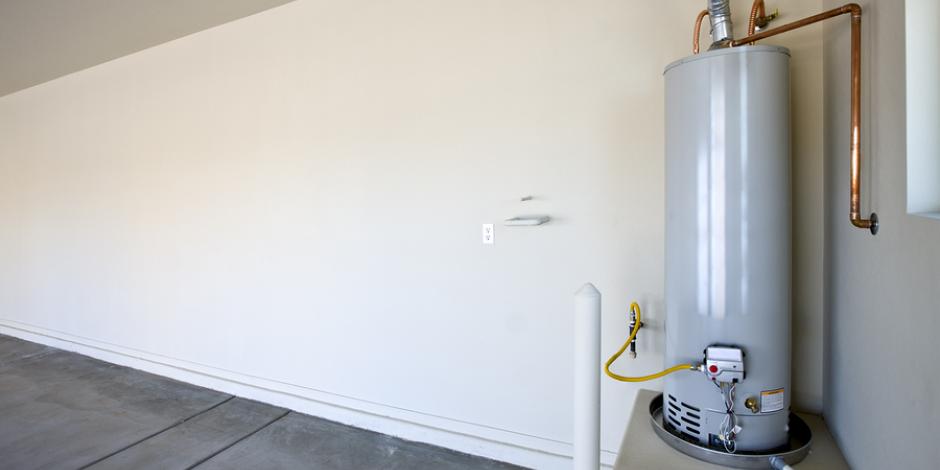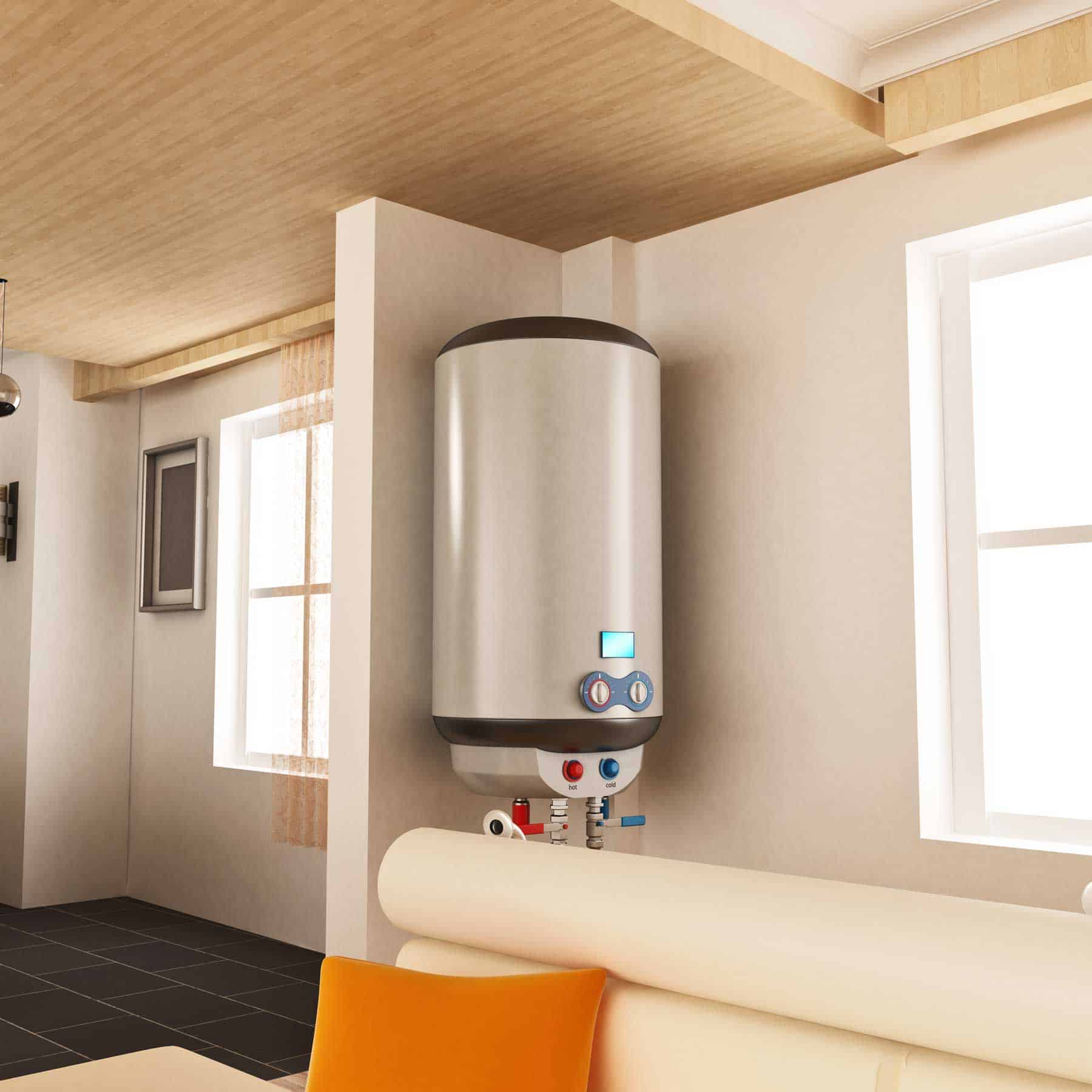Key Tips on Caring for Your Home's Hot Water System
Key Tips on Caring for Your Home's Hot Water System
Blog Article
How do you really feel about What Kind of Maintenance Do Water Heaters Need??

Hot water is important for daily convenience, whether it's for a refreshing shower or cleaning dishes. To ensure your hot water system runs efficiently and lasts longer, regular maintenance is key. This write-up provides practical pointers and understandings on just how to maintain your home's hot water system to stay clear of disruptions and pricey fixings.
Intro
Keeping your home's warm water system could seem complicated, however with a few straightforward actions, you can guarantee it operates efficiently for several years ahead. This overview covers whatever from comprehending your hot water system to DIY maintenance tips and recognizing when to call specialist aid.
Relevance of Maintaining Your Hot Water System
Regular maintenance not only extends the life-span of your hot water system but additionally ensures it runs efficiently. Ignoring maintenance can lead to lowered efficiency, greater power expenses, and also premature failing of the system.
Indications Your Hot Water System Demands Upkeep
Understanding when your warm water system requires attention can prevent major concerns. Watch out for signs such as irregular water temperature level, unusual sounds from the heating unit, or rusty water.
Purging the Hot Water Heater
Flushing your water heater gets rid of sediment buildup, boosting efficiency and prolonging its life.
Monitoring and Replacing Anode Rods
Anode poles stop rust inside the tank. Checking and replacing them when broken is vital.
Complicated Issues Calling For Expert Assistance
Examples consist of significant leaks, electric problems, or if your hot water heater is continually underperforming.
Regular Expert Maintenance Conveniences
Expert maintenance can consist of extensive assessments, tune-ups, and guaranteeing conformity with safety and security requirements.
Evaluating and Changing Temperature Level Setups
Changing the temperature level settings makes certain optimal performance and safety and security.
DIY Tips for Upkeep
You can carry out numerous maintenance jobs on your own to keep your hot water system in leading problem.
Checking for Leakages
Routinely examine pipelines and connections for leaks, as these can bring about water damage and greater bills.
Comprehending Your Warm Water System
Before diving into upkeep tasks, it's valuable to comprehend the standard components of your hot water system. Normally, this includes the water heater itself, pipelines, anode poles, and temperature controls.
Regular Monthly Upkeep Tasks
Normal month-to-month checks can help catch small concerns prior to they rise.
Evaluating Pressure Alleviation Valves
Examining the pressure relief valve ensures it operates appropriately and prevents extreme stress build-up.
Shielding Pipes
Shielding warm water pipelines decreases warmth loss and can conserve energy.
When to Call an Expert
While do it yourself upkeep is useful, some concerns require professional competence.
Final thought
Normal maintenance of your home's hot water system is necessary for efficiency, longevity, and cost savings. By complying with these pointers and knowing when to seek professional assistance, you can make certain a dependable supply of hot water without unforeseen disturbances.
Water Heater Maintenance: The Basics
Maintaining your water heater will ensure it operates efficiently and has a longer lifespan. Neglecting regular maintenance can lead to costly repairs and an even bigger chunk of your savings if you have to replace it sooner than necessary. But there’s good news: Most water heater maintenance tasks are relatively simple and easy for homeowners with basic DIY skills.
Flush the Water Heater
Over time, sediment and minerals can build up in the tank, reducing its efficiency and potentially causing damage. To flush the tank, turn off the power or gas supply, attach a hose to the drain valve near the bottom and open the valve to drain the water until it runs clear. Ideally, flush the tank annually.
Replace the Anode Rod
The anode rod is a sacrificial metal rod that helps prevent corrosion inside the tank. Inspect and replace it every three to five years or per the manufacturer's recommendation. To replace the anode rod, turn off the power or gas supply, drain a few gallons of water from the tank, unscrew the old rod and replace it with a new one. If the anode rod is significantly corroded or covered in calcium buildup, it's a sign the water heater may need to be replaced soon.
Tune-Up
A yearly tune-up can help identify potential issues and ensure your water heater operates at peak efficiency. This typically involves checking the thermostat, burner assembly (for gas heaters) and any other components specified by the manufacturer. During a tune-up, the technician may also clean the burner and adjust the pilot light (for gas heaters) or examine the heating elements (for electric heaters).
How to Maintain Your Water Heater
Insulate the tank. Insulating the tank can improve energy efficiency and reduce heat loss, saving you money on energy bills. You can purchase precut insulation blankets designed specifically for water heaters or use standard fiberglass insulation wrapped securely around the tank. Check the temperature. The recommended water temperature for most households is around 120 degrees Fahrenheit (49 degrees Celsius). Higher temperatures can increase energy costs and potentially cause scalding. Use a kitchen thermometer to check the temperature at the faucet nearest the water heater. Monitor water pressure. Excessive water pressure can strain the water heater and cause leaks or even tank failure. Install a pressure-reducing valve if necessary. The ideal water pressure range is between 60 and 70 PSI (pounds per square inch). Test the temperature and pressure (T&P) relief valve. The T&P relief valve is a safety feature that releases pressure if the tank gets too hot or the pressure builds up too high. Test it annually by lifting the lever and allowing a small amount of water to release. Replace the valve if it doesn't release water or reseal properly. Check for leaks. Regularly inspect the tank, pipes and fittings for leaks or corrosion. Deal with issues promptly to prevent further damage. Even a small leak can lead to significant water damage over time. Consider a tankless water heater. If your traditional tank-style water heater is nearing the end of its lifespan ( typically 10 years), consider replacing it with a tankless water heater. These units heat water on demand, reducing standby energy losses and potentially saving you money on your energy bills. Schedule professional maintenance. While homeowners can perform many water heater maintenance tasks, it's still a good idea to schedule professional maintenance every few years. A plumber or HVAC technician can thoroughly inspect the unit, identify potential issues and ensure it operates safely and efficiently. https://www.homeserve.com/en-us/blog/home-improvement/hot-water-heater-maintanence/

As a reader on How to Maintain Your Water Heater & Prolong its Life, I figured sharing that blog post was valuable. For those who enjoyed our blog post please be sure to pass it around. I cherish your readership.
Visit Website Report this page